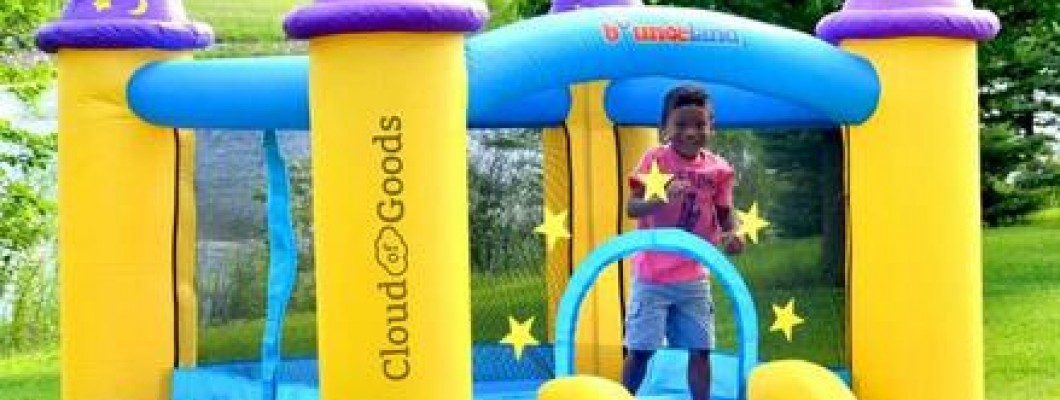
Whether setting up inflatable bounce houses indoors or outdoors, there are specific requirements and considerations to ensure the safety, stability, and optimal performance of the inflatable structures. While many setup procedures may remain consistent regardless of the location, there are notable differences and additional factors to account for when setting up bounce houses indoors versus outdoors.
Indoor Setup:
Setting up inflatable bounce houses indoors presents unique challenges and considerations due to limited space, structural constraints, and potential obstacles. Here are some special setup requirements and considerations for indoor use:
- Space Availability: Ensure that the indoor space is large enough to accommodate the bounce house, leaving sufficient clearance around the structure to prevent collisions with walls, furniture, or other objects.
- Flooring: Use appropriate flooring materials to protect the bounce house and provide a safe surface for users. Ideally, set up the bounce house on a flat, smooth surface such as carpeting, foam mats, or indoor turf to minimize the risk of punctures or abrasions.
- Ceiling Height: Check the ceiling height to ensure that it is tall enough to accommodate the inflated bounce house without any obstructions. Low-hanging fixtures, lighting fixtures, or ceiling fans may pose hazards if they come into contact with the bounce house during operation.
- Ventilation: Ensure adequate ventilation to prevent overheating and maintain a comfortable environment for users. Proper airflow helps regulate temperature and prevents the buildup of stale air inside the bounce house.
- Anchoring: If anchoring is required for indoor use, use appropriate anchoring methods such as sandbags, weights, or anchoring stakes designed for indoor surfaces. Avoid damaging the indoor flooring or creating trip hazards with anchor straps or ropes.
Outdoor Setup:
Setting up inflatable bounce houses outdoors offers more space and flexibility but also requires considerations for weather conditions, terrain, and potential hazards. Here are some special setup requirements and considerations for outdoor use:
- Weather Conditions: Monitor weather forecasts and avoid setting up bounce houses in adverse weather conditions such as strong winds, rain, or extreme temperatures. Secure the bounce house adequately to withstand moderate wind gusts and inclement weather.
- Ground Surface: Choose a level and clear area for setup, free from sharp objects, debris, or uneven terrain. If setting up on grass or soil, consider using ground tarps or protective barriers to prevent damage to the bounce house and provide a clean surface for users.
- Sun Exposure: Position the bounce house away from direct sunlight to minimize UV exposure and prevent overheating of the inflatable material. Consider using canopies, awnings, or shade structures to provide additional sun protection.
- Anchoring: Secure the bounce house firmly to the ground using anchor stakes, sandbags, or water weights to prevent movement or tipping in windy conditions. Ensure that anchor points are securely fastened and regularly inspect them for stability throughout the duration of use.
- Weather Protection: Be prepared for changes in weather by having backup plans or shelter options available in case of sudden rain or inclement weather. Have procedures in place for safely evacuating users from the bounce house if weather conditions deteriorate.
By considering these special setup requirements and considerations for indoor and outdoor use of inflatable bounce houses, event organizers, rental businesses, and users can ensure safe, successful, and enjoyable experiences for participants in various settings and environments.

Leave a Comment